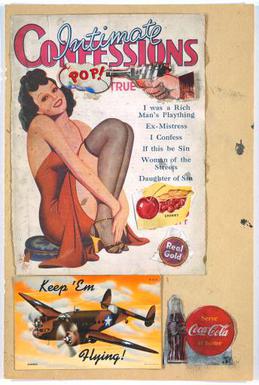History of Art
- Introduction to Art History
- Byzantine Art
- Islamic Art
- Renaissance Art
- Baroque and Rococo Art
- Impressionism and Post-Impressionism
- Modernism
- Postwar & Contemporary Art
- Art of Africa & Oceania
- Art of the Americas
Postwar & Contemporary Art
Pop Art, Minimalism, and Conceptual Art: A Deep Dive

Art movement.
In the aftermath of World War II, the art world saw a significant shift in focus and style. This period gave birth to several influential art movements, including Pop Art, Minimalism, and Conceptual Art. Each of these movements represented a distinct reaction to the prevailing artistic norms and societal conditions of the time.
Pop Art
Pop Art emerged in the mid-1950s in Britain and the late 1950s in the United States. This movement was a direct response to the dominance of Abstract Expressionism, which was seen as overly introspective and elitist. Pop Art sought to challenge this by embracing elements of popular and commercial culture.
Key figures in the Pop Art movement included Andy Warhol and Roy Lichtenstein. Warhol's works, such as his iconic Campbell's Soup Cans, blurred the lines between high art and commercial imagery. Lichtenstein, on the other hand, was known for his comic strip-inspired works, which used a hand-painted imitation of the Ben-Day dots printing technique.
Minimalism
Minimalism, also known as ABC art, emerged in the late 1950s as artists began to move away from the emotional intensity of Abstract Expressionism. Minimalist artists sought to reduce their work to the most basic elements, focusing on color, shape, and line. They aimed to remove any trace of personal expression, allowing the viewer to experience the work more directly.
Key figures in Minimalism included Donald Judd and Agnes Martin. Judd's works, often large-scale installations, used industrial materials and simple, repeated shapes. Martin, on the other hand, was known for her serene grid paintings, which subtly explored the interplay of line and color.
Conceptual Art
Conceptual Art emerged in the late 1960s, challenging the idea that art must be a tangible, aesthetic object. Instead, Conceptual artists argued that the idea behind the work was more important than the work itself. This movement marked a significant shift in the art world, as it questioned the very nature and purpose of art.
Key figures in Conceptual Art included Sol LeWitt and Joseph Kosuth. LeWitt, in his "Paragraphs on Conceptual Art," argued that "the idea becomes a machine that makes the art." Kosuth's work, such as "One and Three Chairs," challenged viewers to consider the relationship between objects, images, and words.
In conclusion, the movements of Pop Art, Minimalism, and Conceptual Art each represented a unique response to the artistic and societal conditions of their time. They challenged existing norms, pushed boundaries, and forever changed the landscape of the art world.